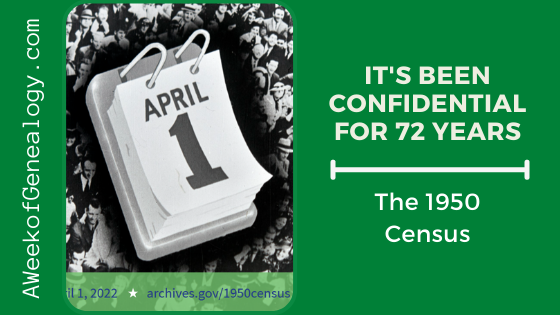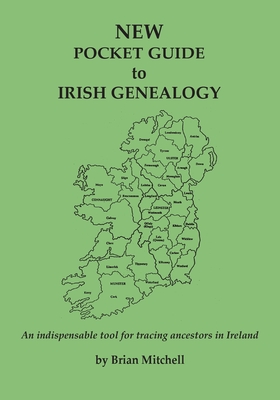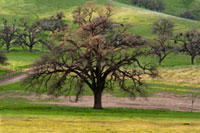It’s Been Confidential for 72 Years: The 1950 Census

There’s been great information published about the upcoming release of the 1950 US Census. I have been collecting it and want to share with you a reference of helpful resources, along with activities that you can do to prepare for the release!
Important date: 1 April 2022
What is going to happen
The 1950 US Census will be released, 72 years after it was taken.
The National Archives and Records Administration (NARA), Amazon Web Services (AWS) and Artificial Intelligence will give us an initial index including name and locations on the day of its release. The AWS artificial intelligence/optical character recognition (AI/OCR) Textract tool is being used to create that initial index. The index will be available for the P1 Population Schedule and the P8 Indian Reservation Schedule. Since the index will probably not be perfect at first, the National Archives asks us to submit name updates to the index using a transcription tool that will be available on the 1950 Census website.
Interesting facts about the 1950 Census
5% of those responding were asked additional questions, including those about where the person lived a year ago, education, employment, marital status, military service (for males) and the country of their parents’ births.
An exciting fact about this census was that it was the first time Americans abroad were enumerated. In practice the enumeration of Americans in the armed forces, US government employees and vessel crews were counted more reliably than others living aboard. Family and neighbors might report others living abroad.
It would also be the last time that enumerators went around to large multifamily dwellings. In future, the blank forms would be mailed.
What’s different from past census releases
Last release: 2 April 2012. We had to wait an extra day because 1 April fell on a Sunday!
The 1940 US Census was made available to us unindexed. Digital images are great, but without an index you had to identify a set of images to look at, then look at each image to see if your family member was on it. The process involved people figuring out the census enumeration district in which their ancestor lived, then going through the pages for that district page-by-page and line-by-line. Simultaneous with the release, volunteers and genealogical record companies began creating indexes, transcribing the census line-by-line and page-by-page. More than 163,000 volunteers were organized by FamilySearch and managed to create an index for the more than 3.8 million images in a lightning four months. (If you have not been part of a FamilySearch indexing project, please consider it. It is an amazing thing to do. Two indexers transcribe data, and a third arbitrates any differences between the two transcriptions.) This time, on the day of release we have an initial index of names and locations, which will be a good starting place.
This year, for the first time, those who have over 165 terabytes of available computer memory and download the whole census dataset in bulk.
What you can do now
1. Bookmark NARA’s 1950 Census Records webpage. That is where the link to the dedicated website will be posted.
2. View the Questions Asked on the 1950 Census and also view samples of all the Census Forms in the 1950 Census Dataset.
You will probably want to start with: Form P1 – Census of Population and Housing (front). The back of the page with housing information was not microfilmed, and only aggregate data exists.
3. Watch the videos at the National Archives Genealogy Series: 1950 Census and download the handouts. Previous presentations have been recorded for later viewing.
4. Gather blank questionnaires and fill in the censuses during your lifetime. Imagine how glad you would have been if your ancestors had done this for you! Head over to the US Census Bureau to learn more about the Censuses and Download census forms at the Decennial Census of Population and Housing by Decades.
On each page for the decennial census, there will be a link to download that Decennial Census Questionnaire & Instructions. From that page you can download a sample questionnaire. Or you can go directly to the 1950 Census page where you can download blank forms and view the index of questions.
On the Through the Decades webpage you can find a link to download “Measuring America: The Decennial Censuses From 1790 to 2000” in that includes information and questionnaires from the 1790 up to the 2000 US Census in pdf format.
On 1 April 2022
Travel to the NARA’s 1950 Census Records web page, where there will be a link the dedicated website.
Many thanks to all those at NARA who worked tirelessly throughout the pandemic to bring this data to us on time.















